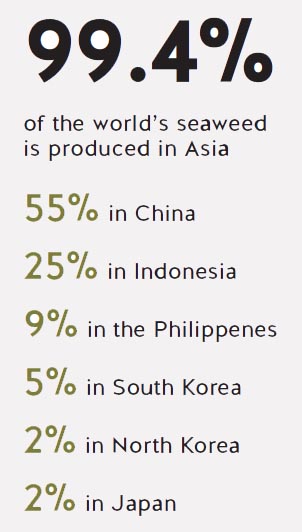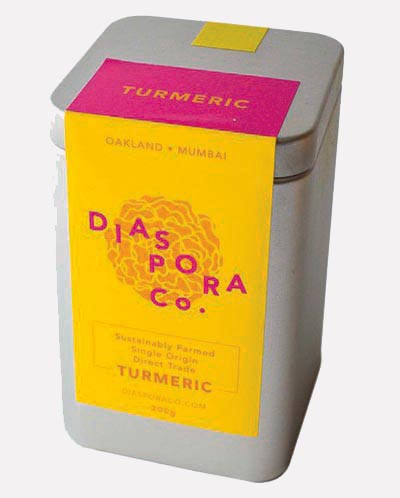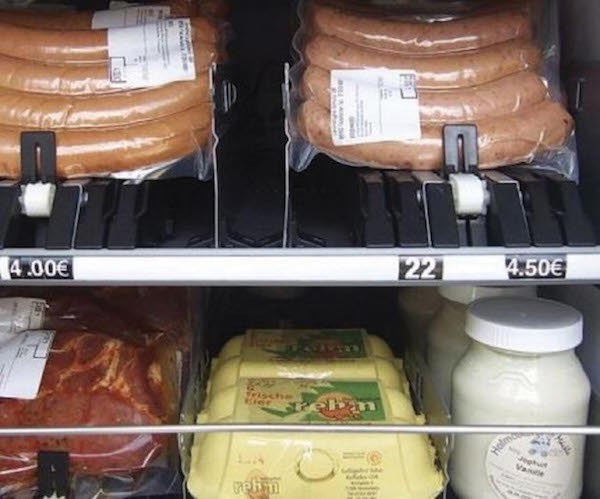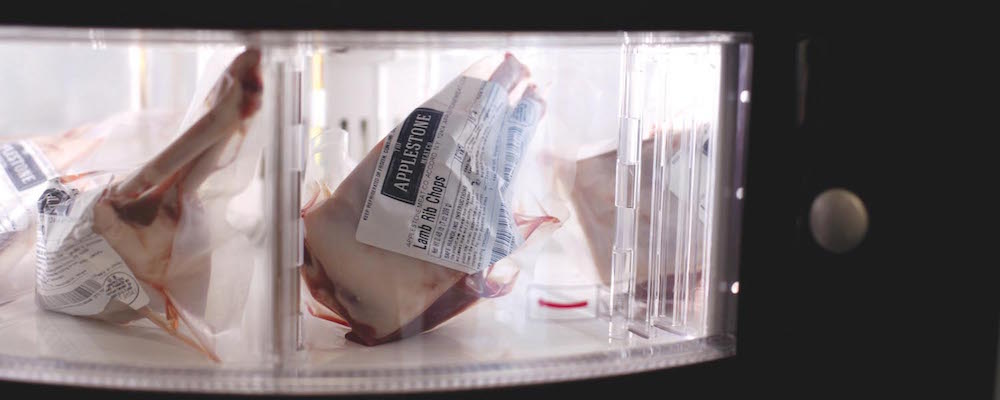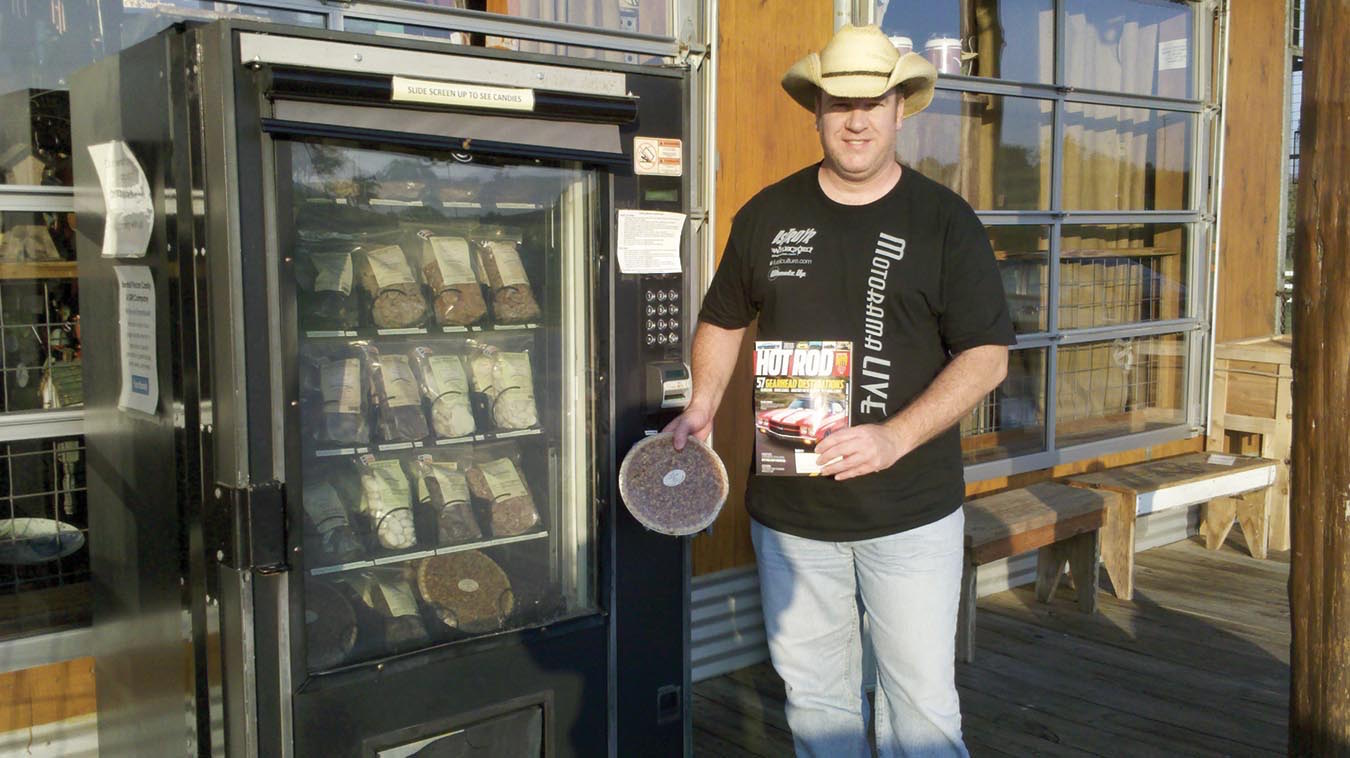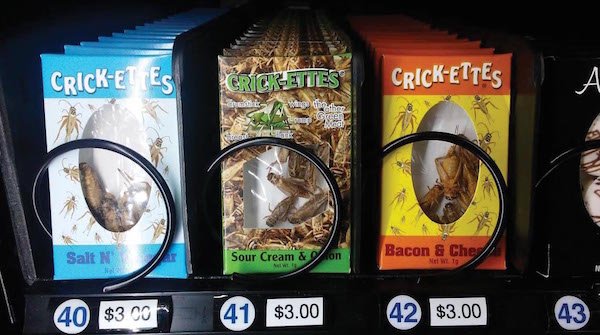Turmeric
While Americans have just “discovered” golden milk (aka moon milk, golden latte or turmeric tea), its origin is an old Indian drink called haldi doodh. But its new in-demand status as an anti- inflammatory health food means turmeric, an ancient Ayurvedic root, has staked its spot in the mainstream American pantry.
Turmeric has hit the big time financially, shooting up from $2,700 million in 2012 to more than $3,160 million in 2016. By 2021, according to a report on Technavio, the global turmeric market is projected to post a compound annual growth rate of 6 percent (other sources list it as 5.5 percent by 2027).
“Volume is exploding for organic turmeric,” says Kai Stark, commodity manager at Frontier Co-op, a cooperatively owned wholesaler of natural and organic products based in Norway, Iowa. “In the last 10 years, the amount of organic turmeric Frontier Co-op has purchased increased by a factor of 10.” Despite the demand, turmeric farmers are struggling to stay alive, even as golden
lattes sell for $15 per cup in the United States.
Approximately 80 percent of turmeric is grown in India, both wild and farmed. But the small margins are leaving some Indian farmers high and dry. To fight this turmeric poverty, Frontier Co-op collaborates with an organization called Peermade Development Society. PDS works with marginalized farmers, especially women and poor rural folks, to develop both the land and the farmers’ budgets sustainably.
“In the past, marginal farmers, who have only one to two hectares of land, would sell their commodities to middlemen for a small price, and then middlemen would sell again, taking the entire margin,” Stark says. “PDS Organic Spices came in to eliminate the middlemen and help these farmers sell directly to companies like Frontier Co-op.”
In 2009, as the turmeric craze began to take hold, Frontier supported a PDS program to scale up their farmers’ organic turmeric production. PDS, with Frontier’s help, began trials to grow a variety of turmeric with a higher content of curcumin, the potent antioxidant and anti-inflammatory in turmeric. Frontier also diversified its organic turmeric supply chain, adding suppliers from Central America.
Sana Javeri Kadri, owner of Diaspora Co., a sustainable, single-origin, direct-trade turmeric company, also cuts out the middleman to bring maximum profits to her turmeric farmer, Mr. Prahbu, in Andhra Pradesh.
Javeri Kadri founded Diaspora Co. as a small side project but was inundated with high demand from the start. When her first four batches of turmeric sold out within hours, she contacted Mr. Prahbu and asked for everything he had. Her last batch sold out in about six weeks. Between filling 20 to 100 orders a week, she closely manages 12 wholesale accounts, asking buyers for six-month projections so Mr. Prahbu has adequate time to plan.
Javeri Kadris says turmeric is planted between May and June, before monsoon season, when it soaks up all the rain. Harvest happens between January and February, so the timing is important — as are the seeds.
“Find the seeds your grandma was using, before the British showed up,” Javeri Kadri says. “If you don’t protect biodiversity, you end up with the heartiest tomato that will survive the grocery store but doesn’t taste very good. It’s the same with turmeric — we’ve already got this mass-marketed bright yellow turmeric with a mild smell, with no biodiversity or cultural history.” Her explicitly political mission is to preserve pre-colonial biodiversity, create the best-tasting, most diverse array of turmerics and reward turmeric farmers in India while doing it.
Still, we can expect the inevitable when it comes to trends: strange products like turmeric-flavored coffee creamer, croissants and cronuts, and frozen turmeric shakes (despite Ayurvedic wisdom that turmeric should be eaten heated for optimal benefits). Because when a trend takes hold, reason may exit through the pricey gift shop, in the form of a chai golden milk donut that screams, “I <3 turmeric.”
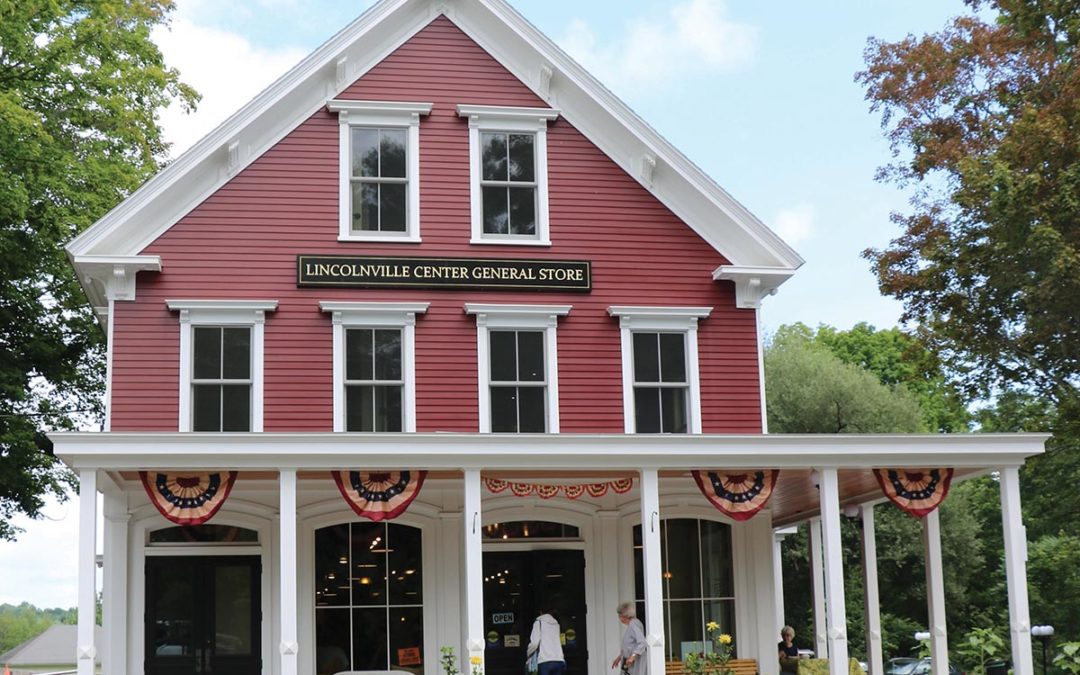

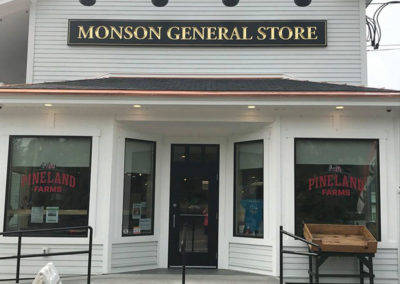
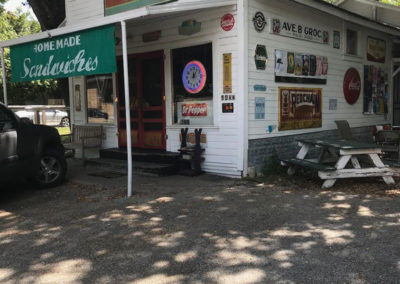

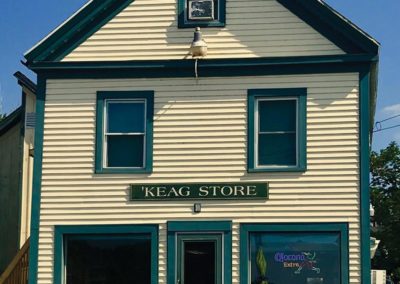
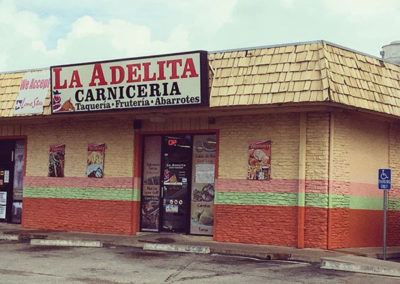


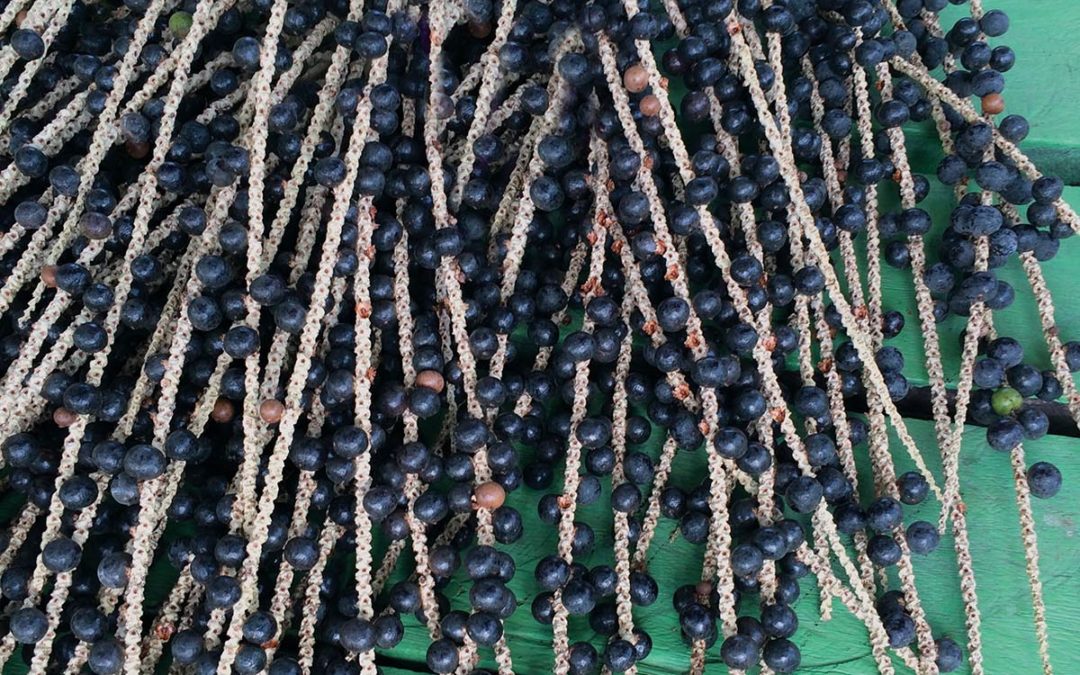
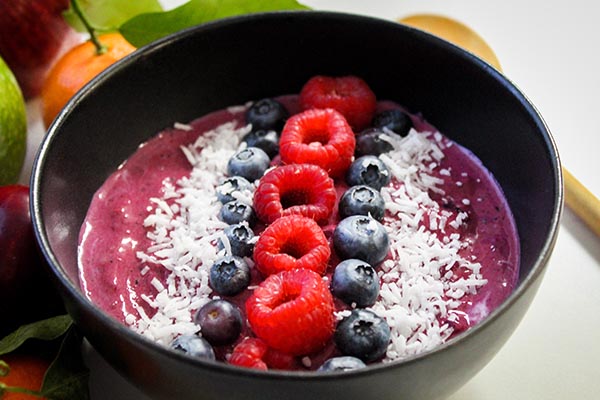
 Watch the low-tech harvesting methods Sambazon uses to pick their purple açaí berries.
Watch the low-tech harvesting methods Sambazon uses to pick their purple açaí berries.